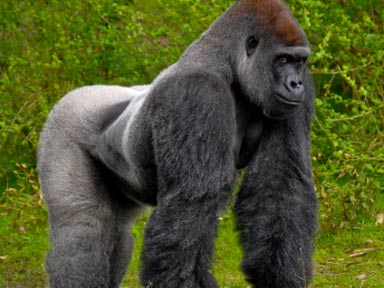The biology of why guys are obsessed with threesomes
Threesomes. Every man’s fantasy. Personally I’ve never seen the appeal but then again, I’m not a man. I’ve always found it interesting that even though a lot of women have participated in threesomes, very rarely are they participating in a two men/one woman arrangement. It’s almost always two women with one man. Why is that? My guess is that it has to do with our evolution.
You see, humans evolved to be essentially polygamous where one man would have 2, 3, or maybe even more wives depending on his social status and how good of a provider he was. Most indigenous societies around the world function this way and in a lot of ways promiscuity for a man and loyalty to a single partner for a woman makes perfect biological sense.
Our most primitive urge is to procreate and those that are the best procreators are the ones that pass their genes, most successfully, on. We are always, therefore, seeking to be the most effective procrators possible. The best way for men to be good procreators is to have many wives or sleep around a lot (especially if they are saving time by taking the girls 2 or 3 at a go!) Females, on the other hand, are limited in how many babies they can have and so our strategy is to do the best we can to make sure the babies we have stay alive. For women, polygamous life is just practical. With other women around, you have some help with the children and whatever work needs to be done. With them around nobody is ever left alone at home all day with a screaming infant and if you get sick and aren’t able to care for your little one, there is always someone else who can. For this reason I have always suspected that the loss of our tribes is felt most strongly by stay at home moms.
Our primal, polygamous nature is still very much a part of our genetics and its the reason why so many guys are hesitant to tie themselves to just one woman and why, to them, the idea of a threesome is just deliciously tantalising. And likewise, our polygamous nature where many females would have been loyal (for the most part) to a single man is why even those women that could easily attract the attention of a legion of men still generally idealise a romantic union with just one other person.
A lot of my friends are surprised when I tell them that I can really understand the thinking behind the women and also the man in the reality show, “Sister Wives” which centres around a polygamous family in Utah. I can understand how it must be nice for the women to have the company of one another and I respect the man for having an up-front polygamous marriage rather than pulling a Tiger Woods.
Coincidently, gorillas are similar to our human ancestors and to the Sister Wives in the way that one male will have a harem of many loyal females.



